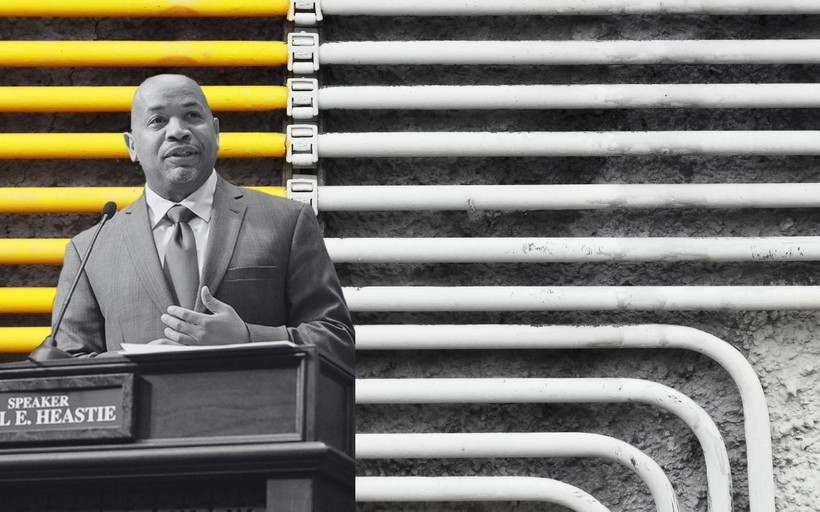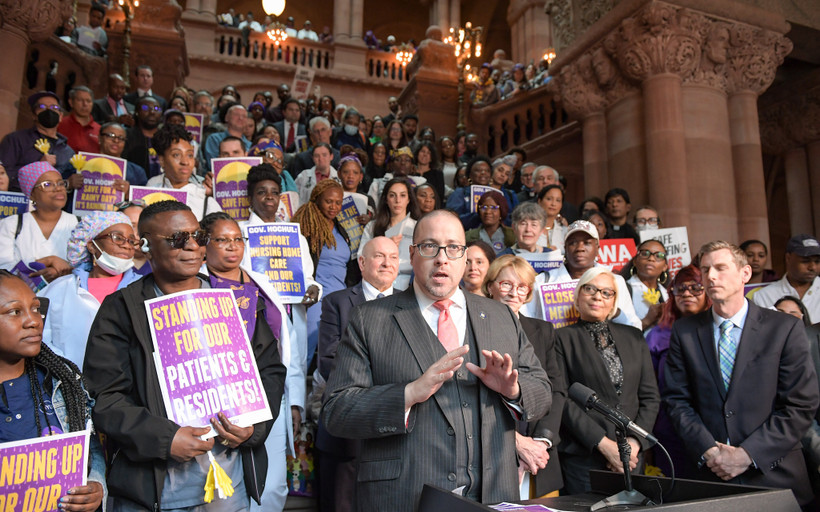As State Support Dwindles, New York’s Overdose Crisis is Only Getting Worse
State withholds have left harm reduction providers undersupplied, and informal overdose prevention networks are struggling to fill the gap.
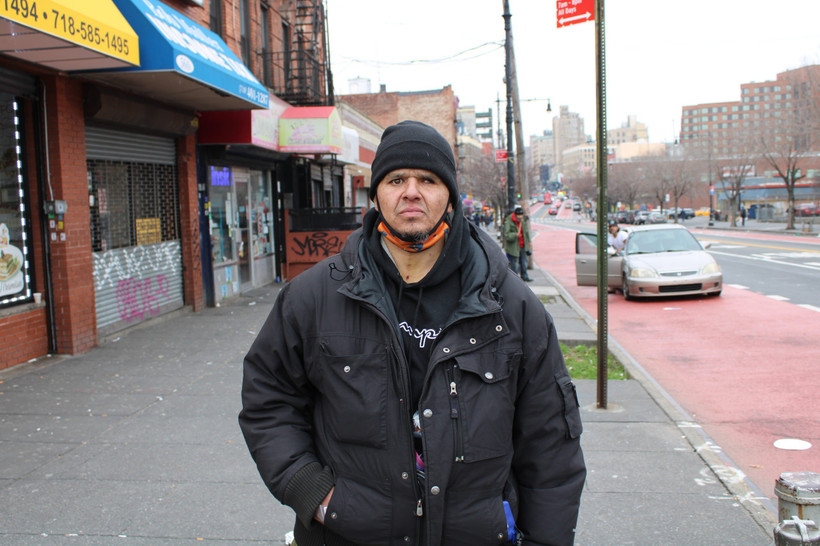

The Assembly rejected legislation that would have sped up New York’s transition away from gas.
Low-wage manual laborers can sue to make their bosses pay them weekly. Hochul’s late-breaking budget addition may undermine that right.
New York’s transparency watchdog found that the ethics commission violated open records law by redacting its own recusal forms.
Hochul’s proposed Medicaid cuts include $125 million from Health Homes, a program that connects the neediest New Yorkers with medical care, food assistance, and more.
Stark disparities in access to life-saving medication for opioid addiction persist between facilities — and racial groups.
New York legislators have a plan to claim billions in federal funding for health care, driving a fight between industry groups.
 Angel Melendez carries multiple Narcan bottles on him, since, he says, overdoses have spiked in the ‘The Hub,’ the South Bronx neighborhood where he and others inject drugs. He has reversed at least six overdoses in the past few months, he says.
Angel Melendez carries multiple Narcan bottles on him, since, he says, overdoses have spiked in the ‘The Hub,’ the South Bronx neighborhood where he and others inject drugs. He has reversed at least six overdoses in the past few months, he says.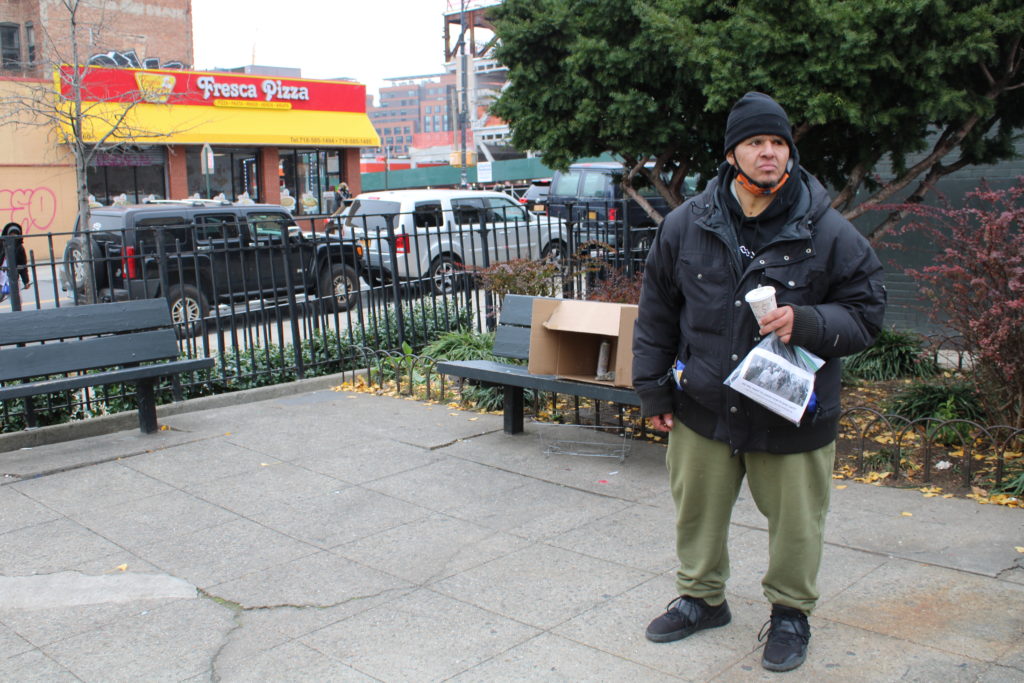 Angel Melendez stands in front of the bench where a friend, Flaco, was found dead of a suspected overdose.
Angel Melendez stands in front of the bench where a friend, Flaco, was found dead of a suspected overdose. The intersection at Willis Ave, E 149th St and Third Ave is one of the liveliest in the Bronx. Many residents have become involved in makeshift harm reduction efforts.
The intersection at Willis Ave, E 149th St and Third Ave is one of the liveliest in the Bronx. Many residents have become involved in makeshift harm reduction efforts.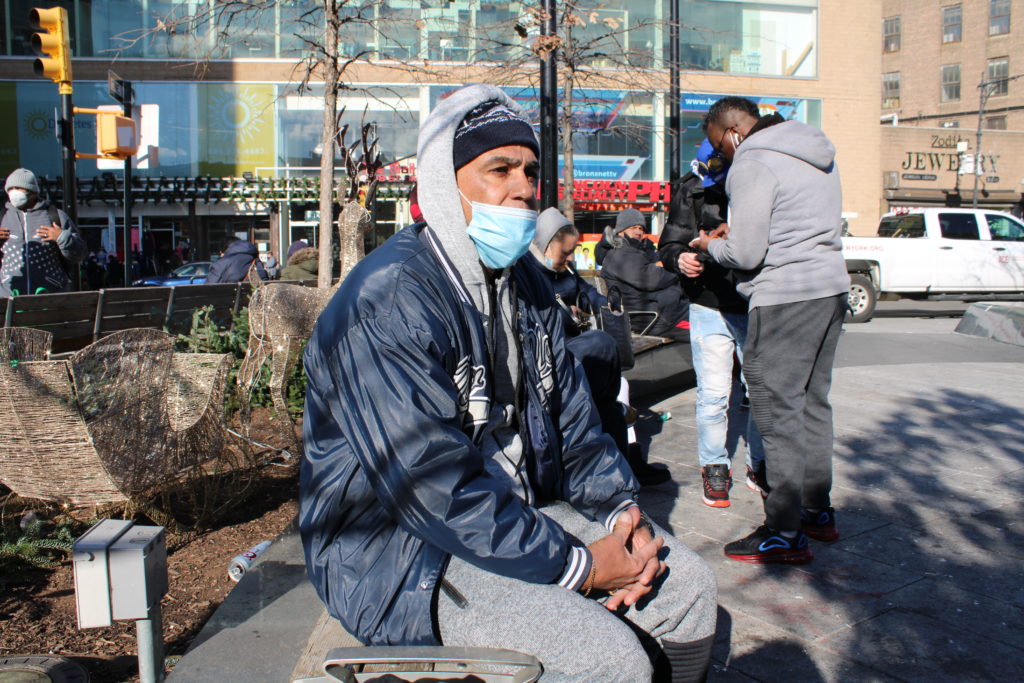 Jose Valle loves Roberto Clemente plaza in the South Bronx, named after a Puerto Rican baseball player he idolized as a child, but worries about the spike in overdoses he has seen in the community.
Jose Valle loves Roberto Clemente plaza in the South Bronx, named after a Puerto Rican baseball player he idolized as a child, but worries about the spike in overdoses he has seen in the community.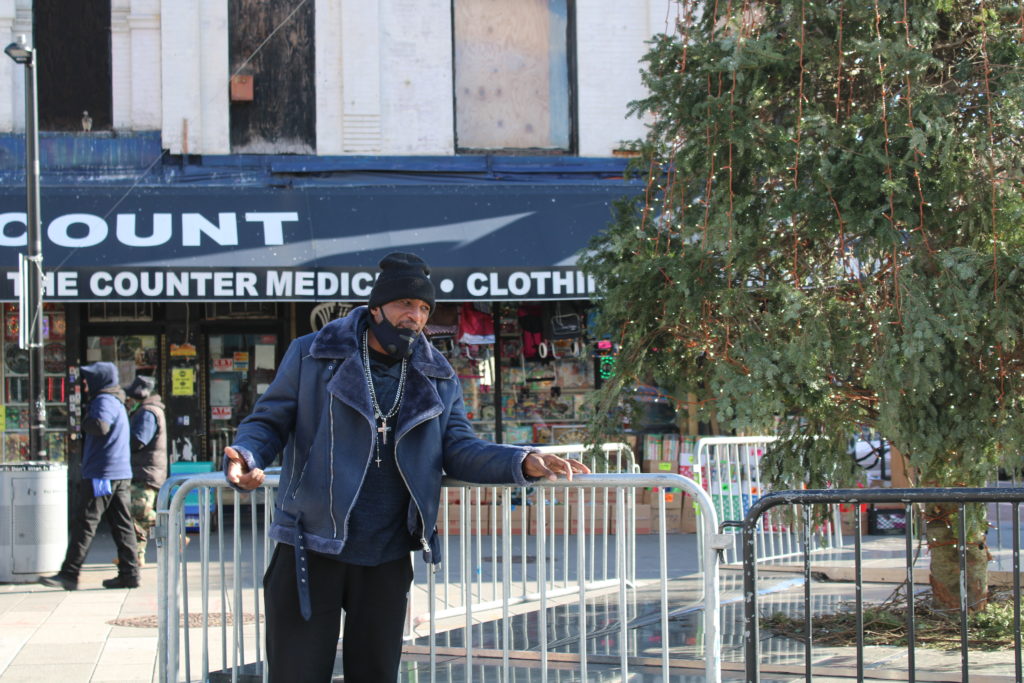 George Williams often comes to the plaza for fresh air. He has called paramedics a dozen times to respond to suspected overdoses, he estimates. Williams praised the park maintenance workers who look out for overdoses.
George Williams often comes to the plaza for fresh air. He has called paramedics a dozen times to respond to suspected overdoses, he estimates. Williams praised the park maintenance workers who look out for overdoses.